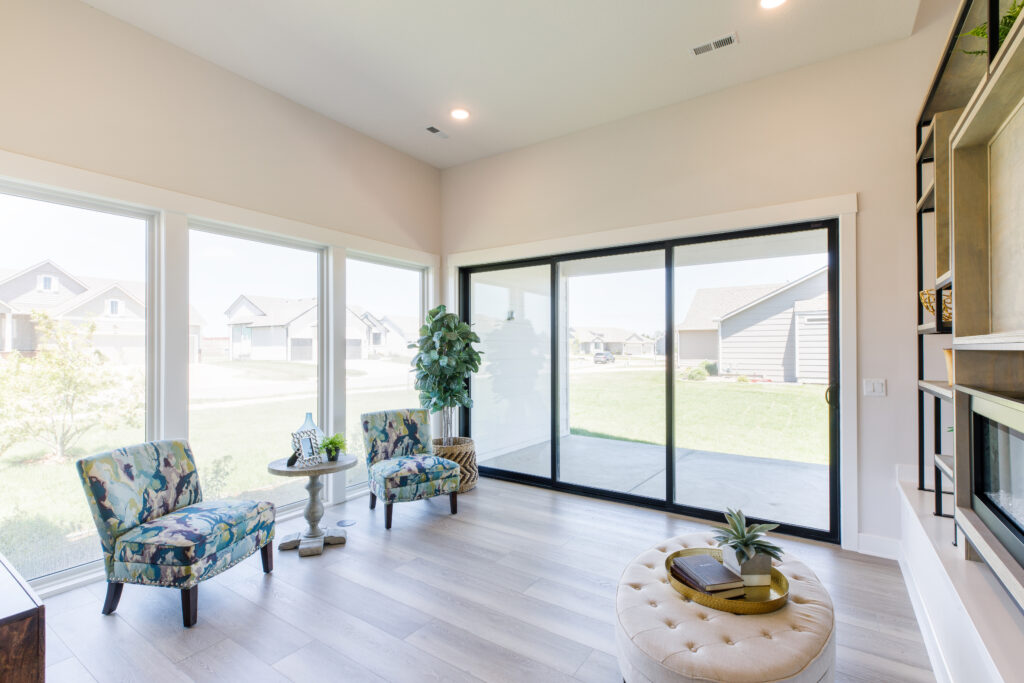If you struggle with allergies, then you know how big of a toll they can take on your day-to-day. In fact, allergies can even affect your home. For example, allergens, such as dust mites, pollen, pet dander, and mold spores, can cause uncomfortable symptoms and compromise your indoor air quality. We've compiled a list of effective ways to help you achieve a hypoallergenic home.
What is a Hypoallergenic Home?
A hypoallergenic home is designed to minimize allergen exposure by fostering a healthy indoor environment. It's an ideal option for individuals who suffer from allergies, asthma, or other respiratory issues.
Thoughtful Flooring Choices
Surprisingly, flooring materials can significantly impact indoor air quality. Opt for hard surfaces such as hardwood, tile, or laminate; they are easier to clean and less likely to trap allergens compared to carpets. However, if you prefer carpet, choose low-pile options and make sure to regularly vacuum.
Effective Ventilation
Proper ventilation is key to maintaining good air quality throughout your home. Ensure that your home's ventilation system is equipped with HEPA filters, which are designed to capture even the tiniest airborne particles. You should also consider incorporating energy-efficient windows that can be easily opened to allow fresh air to circulate.
Minimize Moisture
Mold thrives in damp environments, and mold spores can cause allergic reactions. To prevent mold growth, use moisture-resistant materials in bathrooms and kitchens. Properly seal windows and doors to prevent water leaks, and use exhaust fans to reduce humidity levels in areas that are prone to moisture buildup.
Pet-Friendly Planning
For many families, pets are an integral part of the household. If you're a pet owner, consider materials that are less likely to trap pet dander, such as leather or vinyl furniture. Designate specific areas for pets and keep them groomed regularly to minimize shedding.
Thoughtful Landscaping
The landscaping around your home can also impact allergen exposure. Opt for plants that produce less pollen and maintain a regular landscaping routine to prevent overgrowth and weed proliferation.
Creating a hypoallergenic home is an investment in your family's health and overall well-being. At Paul Gray Homes, we care about helping you create your dream home — one that meets your needs and improves your health. If you are interested in building a custom home, contact Paul Gray Homes at 316-990-0000 to speak to an expert about building your dream home.
